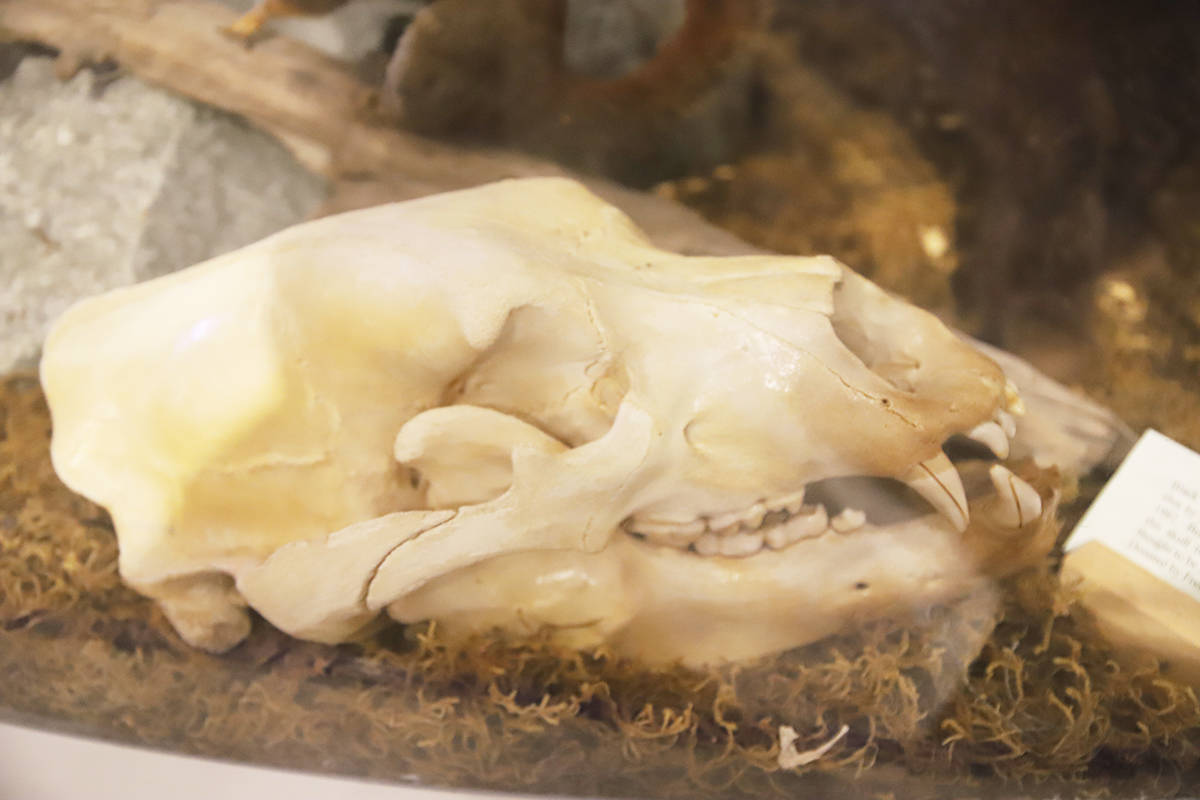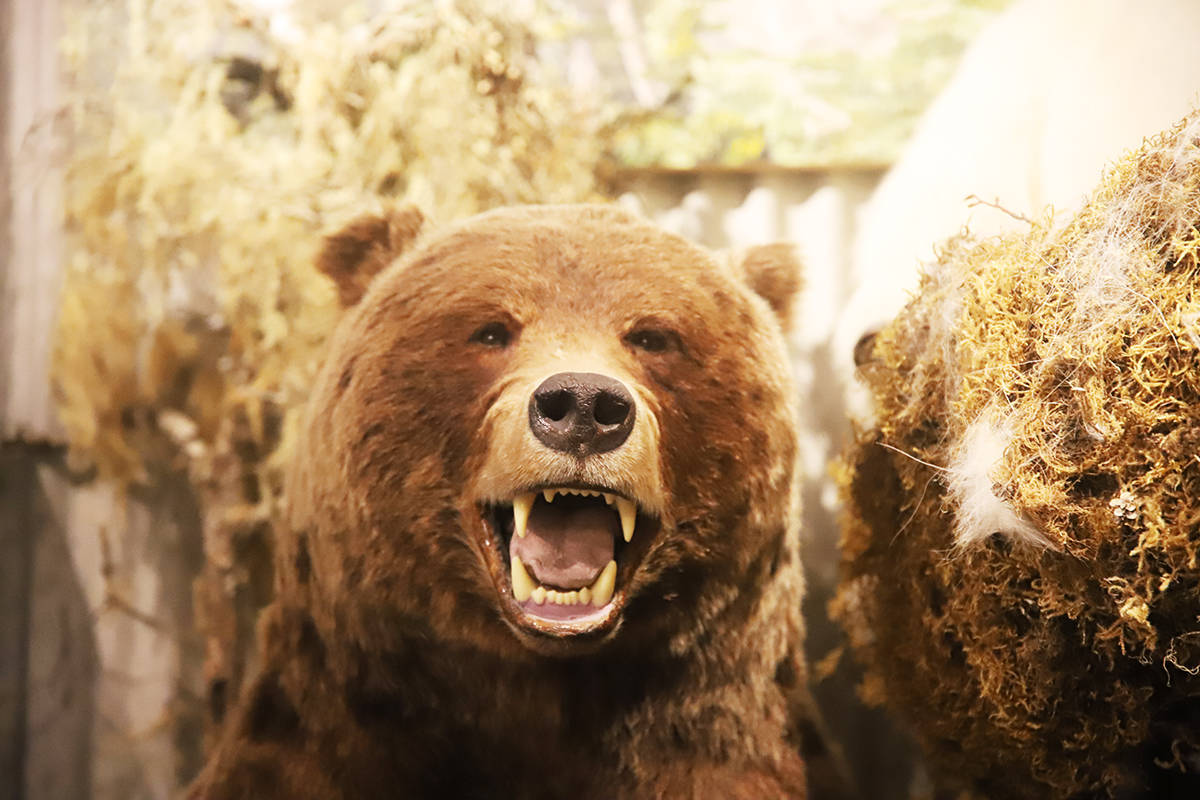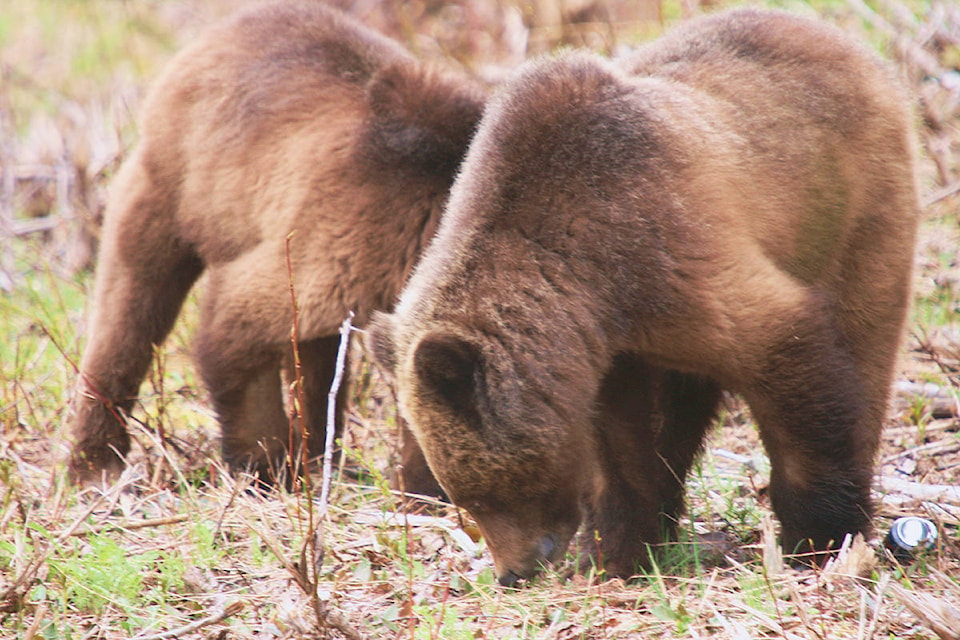By Walter Thorne
Many know Kitamaat can be translated to mean “People of the Snow” – it is a Tsimshian word and you can see we deserve that title due to our absurdly massive piles of snow.
But has anyone ever considered a change for us. Why couldn’t we be People of the Bears? After all, our valley has a lot of bears and many connections to them.
The valley has known the likes of several Haisla huntresses including Sarah Lagaic. She hunted in the Kildala area about a century ago and was known to be particularly skilled at hunting grizzlies. She hunted alone and on a number of occasions returned to her village with multiple grizzly hides.
In the springtime, our estuary grasses along Minette Bay and the Kitimat River delta attract numerous blacks and grizzlies.
There are the remnants of ancient grizzly trails along the forest margins - they have made large indented footprint depressions in the moss that are still evident.
Other nearby estuaries, notably Bish, collect grizzly and black bears in the spring. It is not uncommon to see four or five grizzlies at one time feasting on the new sedges in May and June.
Our valley, due to its abundance of fish protein, is known for enormous bears. Were you aware that our Kitimat Museum and Archives houses one of the largest registered black bear skulls ever recorded?
The bear was a 28-year-old veteran which was shot at Humphrey Creek in July 1982 as it was charging Fred Seiler who at that time was working with Fisheries. The bear had previously been wounded.
This bear is officially registered along with photo evidence in the Boone and Crockett animal registry based in Utah. According to the records the Kitimat bruin was the second largest black bear ever recorded – most of our gigantic valley bears are grizzlies.
Our home at the north end of Douglas Channel happens to be the closest town to the world’s epicentre for the Spirit Bear. The white or cream coloured bear is generally known as the Kermode, named after an early Provincial Museum biologist, Francis Kermode.
This bear is actually a black bear and no it is not an albino. It’s a black bear with a propensity in its genetic makeup to produce white fur instead of black or brown.
This bear occurs most frequently at Gribbell Island which is adjacent to Fish Trap and Bishop Bay Hotsprings just 50 km south down our channel. Many of us have seen Kermodes in Kitimat as well as down the channel – they draw adventure tourists from right around the world.
Spending decades in Kitimat have provided so many stories and encounters. You may even know folks who have survived charges from protective grizzly sows – they were the lucky ones. However, there are people from our communities that carry the scars of their encounters, a reminder that bears are powerful and must be respected.
Many in town remember the 70s and 80s when we made so many visits to our dumpsite amusement park where the bears were visible and plentiful. In those days you could load the kids into the car and watch a bear hierarchy in action.
You would witness the squabbles and fights and all the rummaging that went on as these fascinating animals went through our rotten left-overs. We always felt safe in our cars.
Due to saner regulations in recent years the performances at the dump are no longer.
Today, Kitimat has more than its share of incidents involving bruins. Conservation Office statistics confirm that small-town Kitimat has a major bear problem that is mostly due to its location in prime bear habitat.
It’s inevitable they will wander through town and often come to grief when they linger in the neighbourhood. A habituated bear, one that is used to people, is a dead bear.
In a normal summer Kitimat witnesses many bears being put down. Bear take-downs are usually done with a minimum of fuss.
Kermodes are usually safe as they are seldom seen near town - however, black bears and even our regal grizzlies are too frequently killed. Over the past three seasons more than 10 grizzlies have been destroyed - the risks of injury from these bears is just too great and Conservation officers just can’t take the chance on these ‘hang around’ bruins.
We really are the Valley of the Bears, a place where in just one day it is possible to see a Kermode, a grizzly and a black bear. Few places can make this claim and we, along with Hartley Bay, are the closest communities to the world’s choicest Kermode bear habitat within the Great Bear Rainforests of Gribbell and Princess Royal Islands.
Bears are a huge part of our identity here in Kitimat.


